In perfect Autumn weather seventeen people joined in the second FOBIF walk for the year last Sunday. The loop route on Mount Alexander involved some hard sections including a solid climb from Forest Creek up to the Goldfields Track. Views were magnificent and everyone benefitted from Jeremy’s leadership and Frances Cincotta’s expert plant identification.
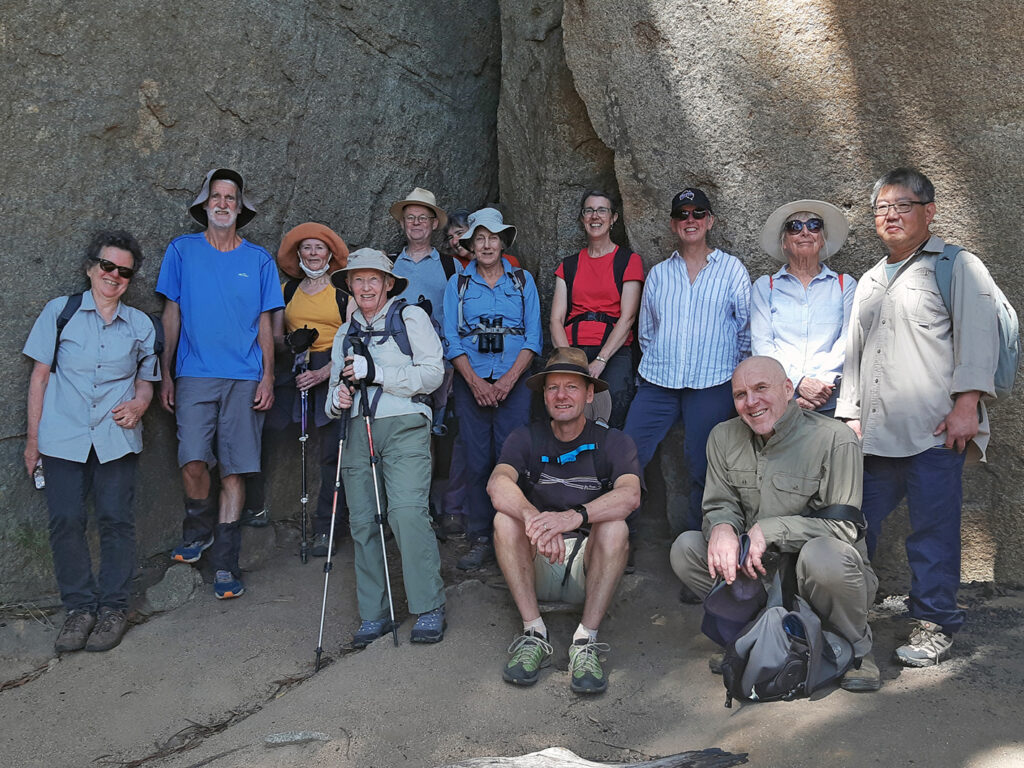
Walkers at Dog Rocks. Photo by Michael Muldowney
Frances sent us the following summary:
“On the walk along the western boundary of the park we climbed between Messmate Stringybarks and Manna Gums with an understorey of Lightwood, Blackwood and Hop Bush, as well as serious environmental weeds including Briar Rose, Blackberry, St John’s Wort and Bridal Creeper. It was pleasing to see so many fallen trees and branches and standing dead trees which provide great habitat. Ecological wood is often a sadly missing component of our State Forests which are still plundered for firewood.
We only saw a few species flowering – Manna Gum Eucalyptus viminalis, Bluebells Wahlenbergia species, Showy Isotome Isotoma axillaris, and some Sticky Everlasting Xerochrysum viscosum). However the mountain with its rugged boulders and look-outs provided much of interest.”
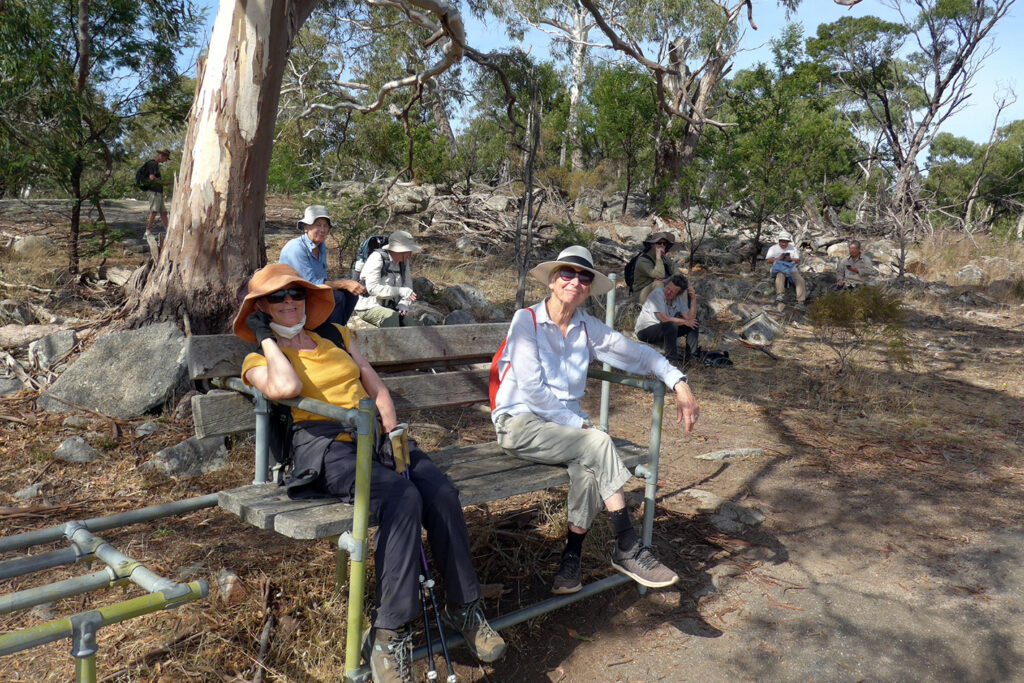
FOBIF walkers at last lookout Mountt Alexander. Photo by Frances Cincotta
- Manna Gum branch mimicking shape of a boulder behind. Photo by Frances Cincotta
- Eucalyptus viminalis – Manna Gum bonsai. Photo by Frances Cincotta
- Eucalyptus viminalis – Manna Gum – shedding bark. Photo by Frances Cincotta
- Photo by Michael Muldowney
- Photo by Michael Muldowney
- Photo by Michael Muldowney
- Photo by Michael Muldowney
- Photo by Michael Muldowney
- Photo by Kevin Cato
- Photo by Kevin Cato
- Photo by Kevin Cato
- Photo by Kevin Cato
- Photo by Kevin Cato
- Photo by Kevin Cato
- Photo by Kevin Cato
Thanks to Jeremy for another great walk.
Our next walk will be on 15 May to the south end of Tarilta. This 7 km walk will include some rough tracks and steep terrain. Check here for more information.

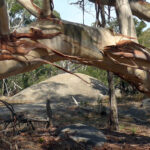
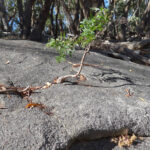
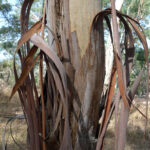
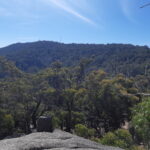
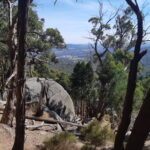
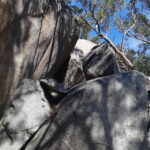
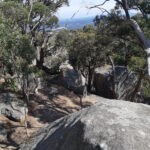
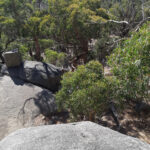
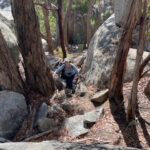
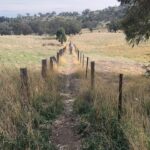
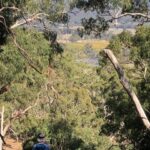
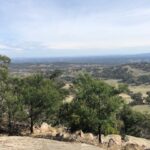
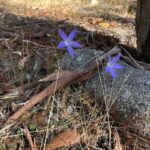
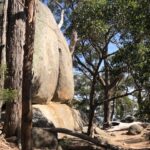
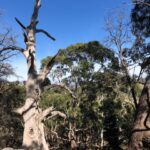
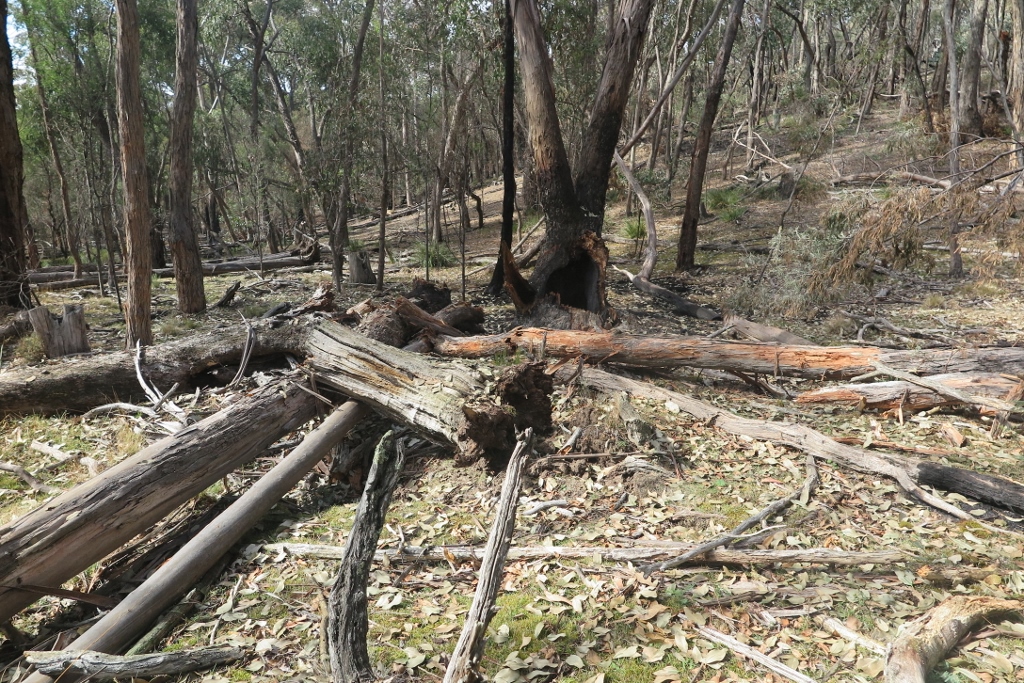
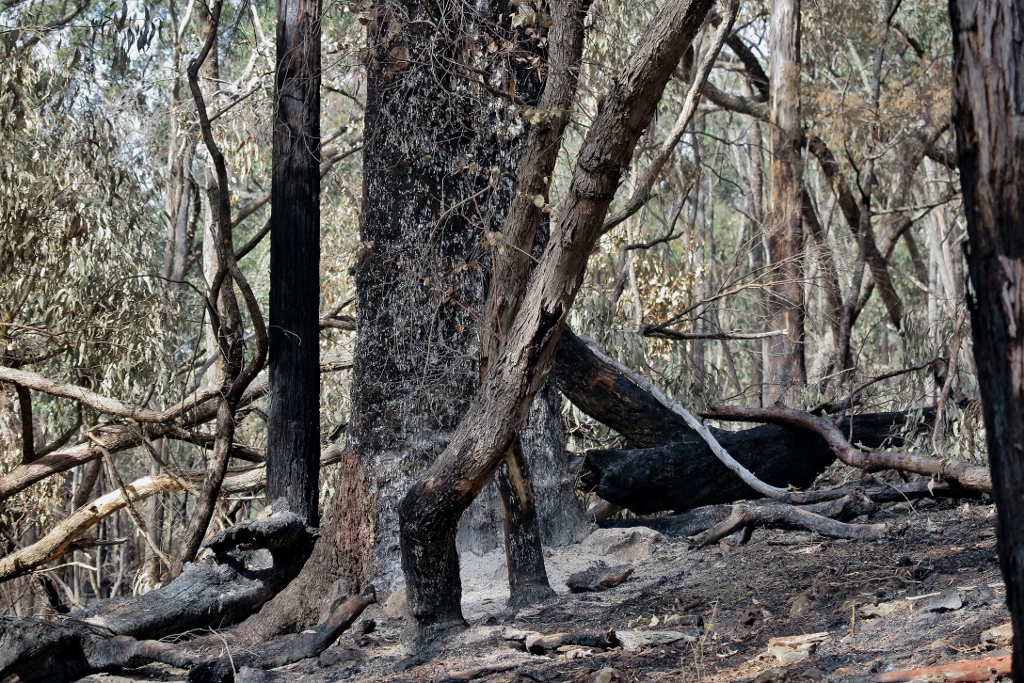
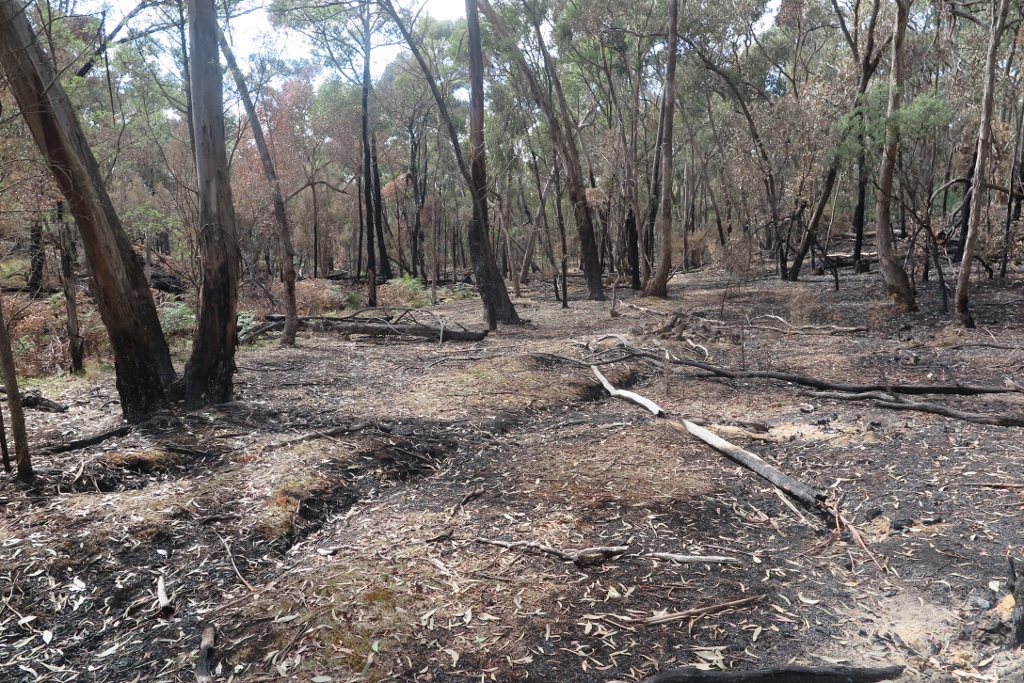
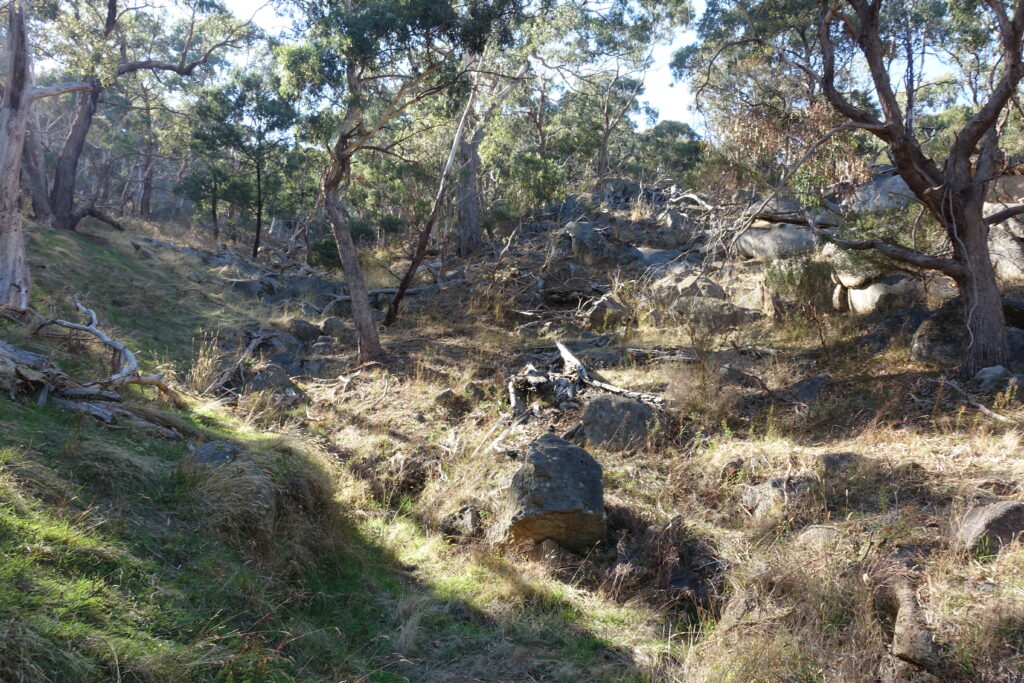
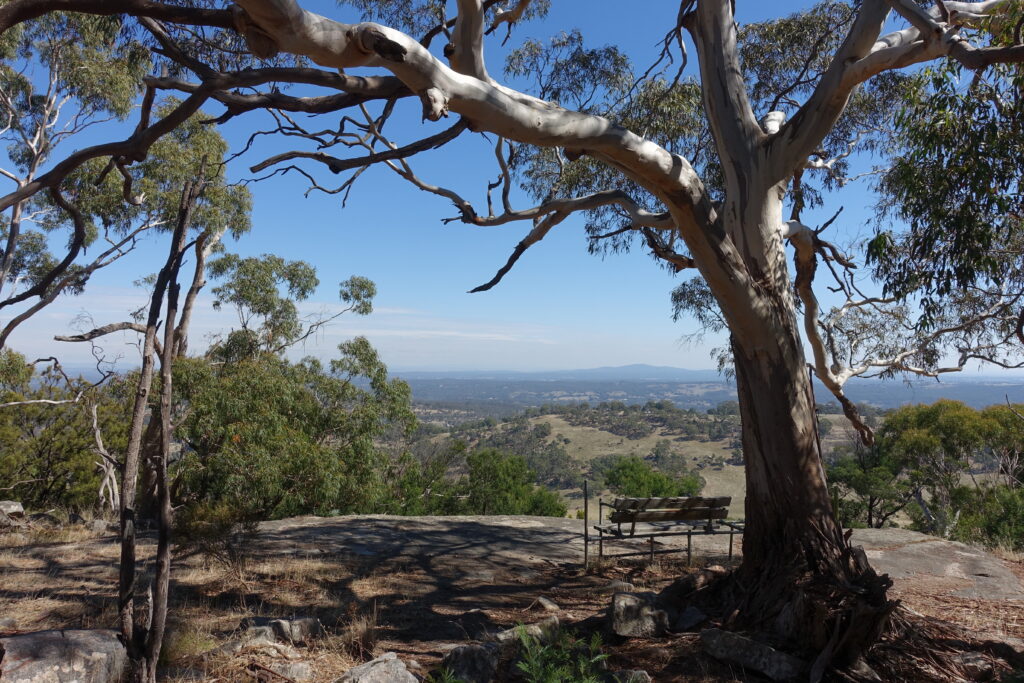
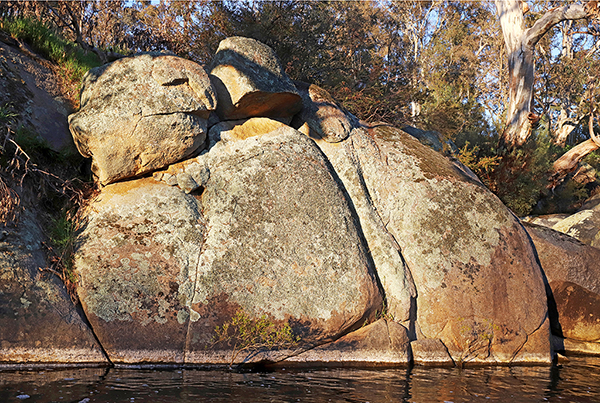
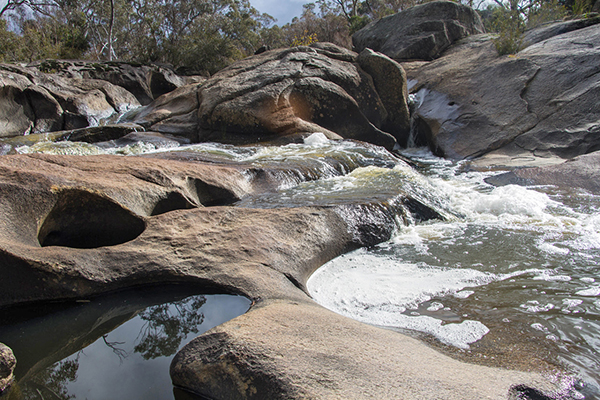
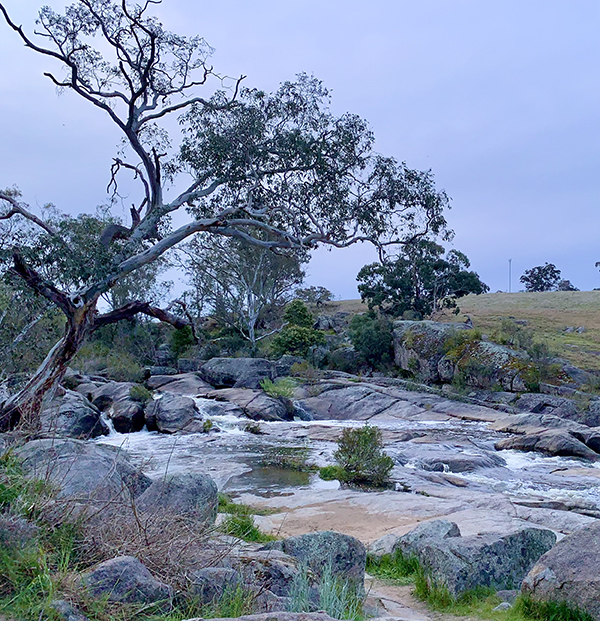
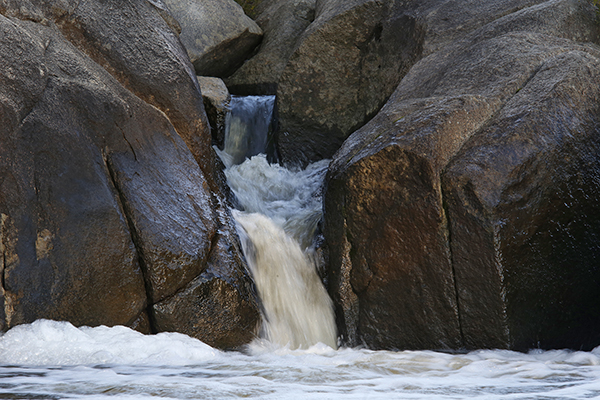
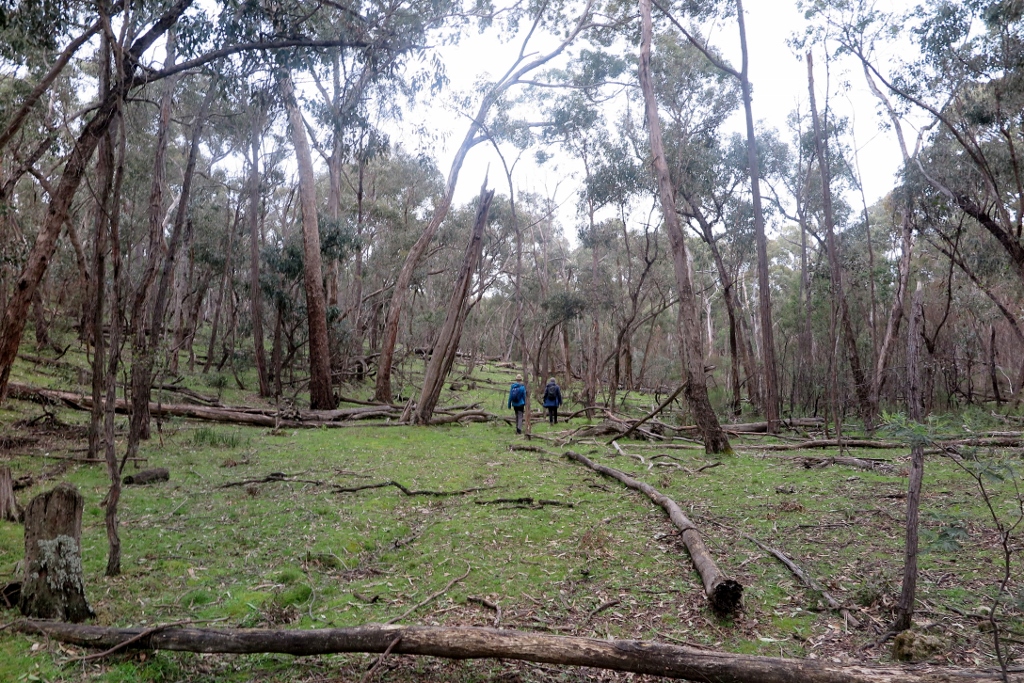
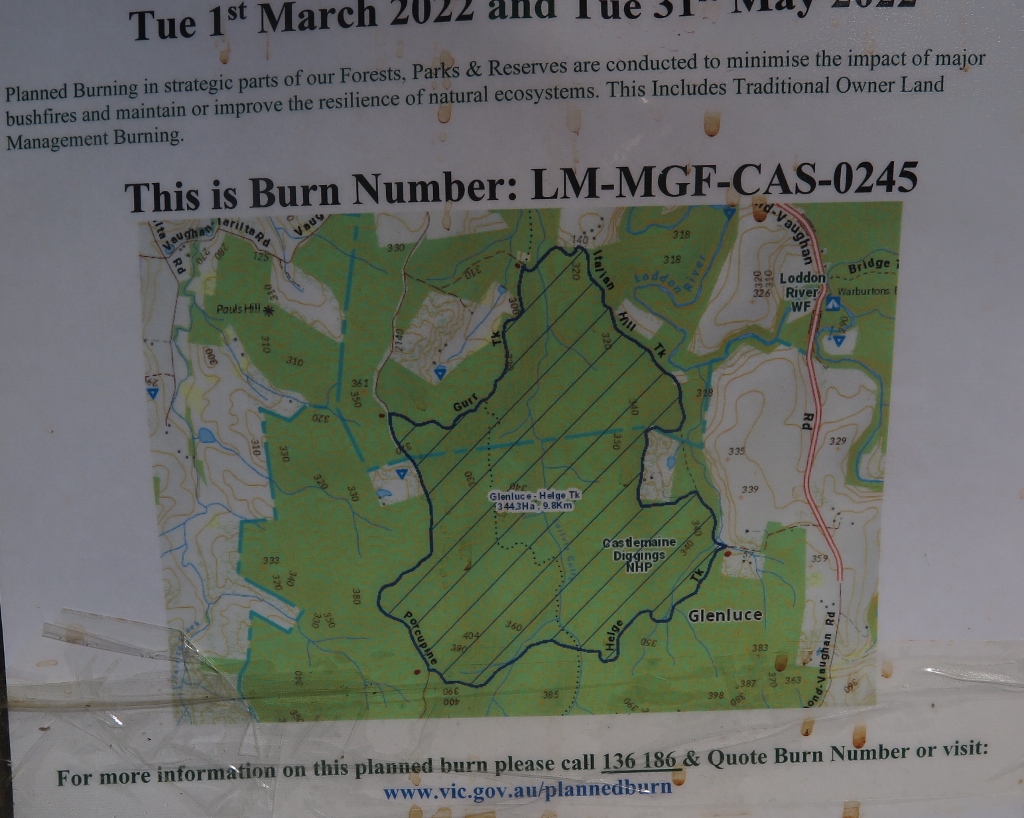




 Click on image for info/order page
Click on image for info/order page Click on image for info/order page
Click on image for info/order page Click on image for info/order page
Click on image for info/order page




















